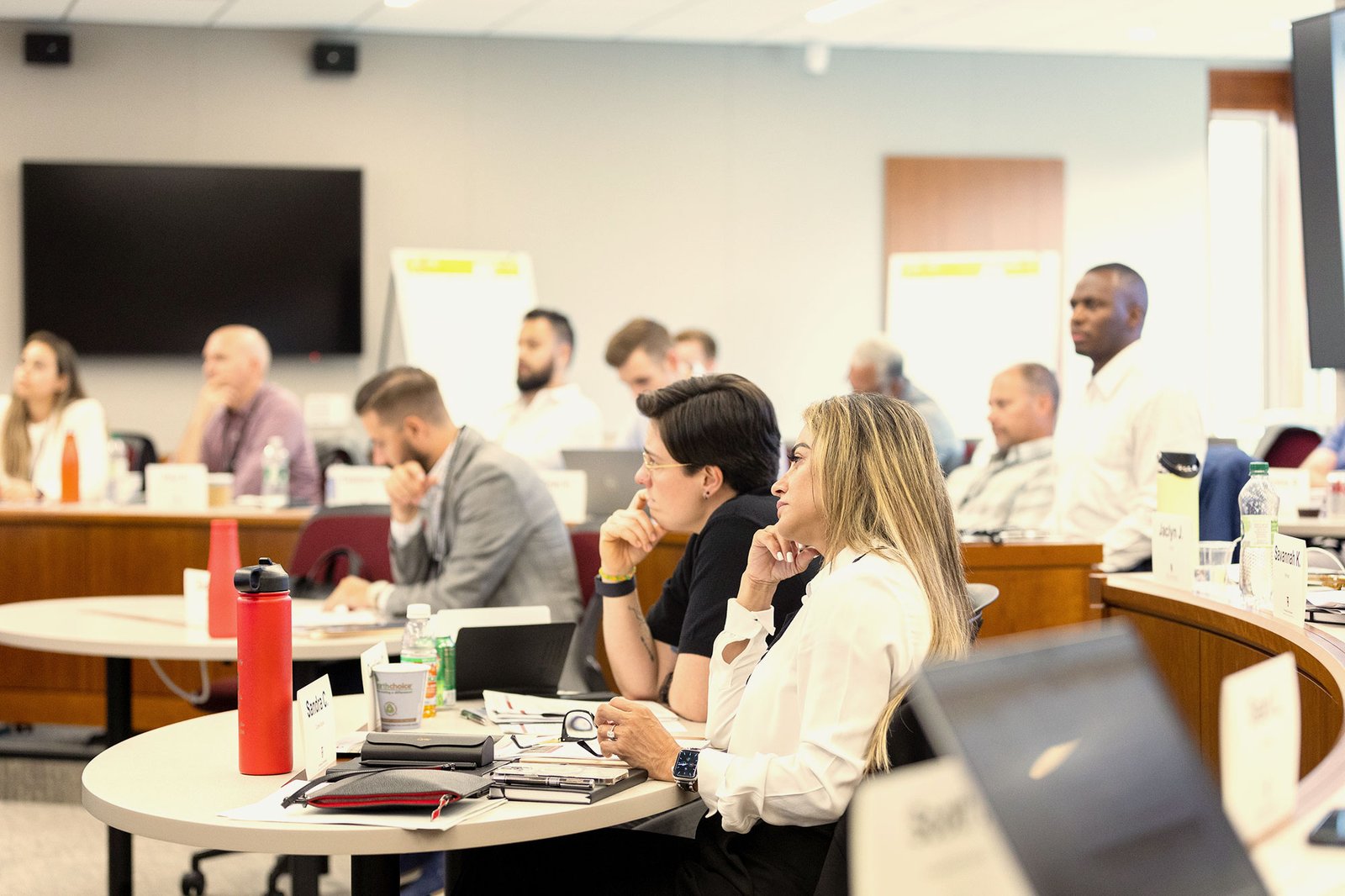
Following professional development, teachers require a process that makes it easier to connect evidence of student learning to classroom strategies.
Consider going to the doctor and being given treatment without any prediagnostic information. There were no questions, no lights in the eyes, only medication. What if they just did the precheck and said, “Have a good day?”
Read More: Investing in Your Child’s Education: Here’s How
This would be an unusual experience. What is the connection between this unusual medical experience and our experience with department meetings following professional development (PD)? Do we ever examine evidence of learning (similar to a pre-check at the doctor’s office) and then fail to act in the classroom (think treatment)? Or, do we ever try new strategies that we recently read about in a book or at a conference but fail to test their impact on student learning with evidence (think treatment without a pre-test)?
If you run into any of these problems when connecting evidence and action, you’re dealing with an open-loop challenge. When the link between evidence of student learning and action is severed. This is due to one of the following factors:
Pre-assessment difficulty. If I don’t assess student learning ahead of time, I won’t be able to determine the best strategies to impact learning or my impact from my instruction.
A learning challenge. If I provide direct instruction to impact student learning but do not conduct a pre- or post-assessment, I will have no idea whether my treatment is having the desired effect.
Post-assessment test. If I conduct a post-assessment but do not have an understanding of student learning from a preassessment, I will not understand my impact on their learning.
To address this issue and close the loop between evidence of student learning and action, we should consider separating planning meetings from meetings devoted to converting evidence to action and action to evidence. We don’t need to schedule any new meetings. We can simply divide the current meetings into planning and conversion sessions.
A conversion meeting is one in which we focus on closed-loop processes. A planning meeting focuses on getting ready for tomorrow and ensuring that staff is on the same page with pacing and programming. When we plan, we often become absorbed in the process of planning and lose sight of the process of inspecting and improving our impact.
Once your meeting cadence has been established, you can implement the four strategies listed below.
1. NEED IT
Determine a compelling problem that is important to you and your team. Determine how the challenge appears, feels, and sounds. Find evidence to back up your assumptions. What observable evidence can we gather to demonstrate this problem?
What is a problem that you and your team find compelling?
Shared understanding: How do key terms appear, sound, and feel to us? How can we make those terms visible?
What evidence brings this problem into sharp focus?
2. SEE IT
Investigate the observable outcome for students, teachers, and the task that students are working on. Consider what the outcome will be in six weeks and six months.
Students: What would we see in the classroom if we were meeting the needs of students at the highest level of proficiency in our school?
Teachers: What is the educator doing to make these things happen, and how frequently does it happen?
Tasks: What kinds of tasks, activities, and assessments might we see in the classroom to meet the needs of our students?
Scale: In six weeks, what would we notice about our students, ourselves, and our tasks? What is our impact theory for this time period?
3. START IT
Reduce the barrier for teachers to implement a new strategy to improve student learning and gather evidence. This begins by connecting the new strategy to something the teacher is already doing.
For example, if a teacher wants students to increase their complex talk by using conjunctions, they may tie this strategy to when they take roll at the start of the day. Teachers were already taking roll in this case, so they saw where the strategy could be implemented. The same is true for gathering evidence. Use evidence that you already have. Additionally, try the work in just one class or subject. Consider the sample before the scale.
Learn: Given our team’s capacity, what do we need to learn or build in order to select, differentiate, and execute strategies with the greatest potential for impact?
Locate: How can we link this strategy or improvement effort to upcoming learning standards so that it is not more work but the work?
Design and implementation: How can we design and implement this strategy so that it is manageable for us while also rigorous for our students?
Observe and record: How can we track the effectiveness of this strategy in real-time? What are examples of evidence (from student work and our practice) that we can collect over time that are dense with data but light on context?
4. SHOW IT
Schedule times for teachers to discuss the relationship between evidence and action throughout the month. Each meeting should begin and end with the following statements:
Who… \sDid/does…
What… By when…
What was/will be the outcome…
Teams should share their learning with colleagues from all over the school at designated times. This showcase should center on the learning process. What are we learning as a result of this process? How did we complete the circle?
Connect and reflect: What did we discover? How did our actions influence what we saw? So, what should we do now? What does this say about our current educational model? Is it necessary to halt, restart, sustain, or shift an existing practice or set of practices?
Relay and reset: How will we share our findings with our colleagues while also learning from their teamwork? How can we spread effective practices from one classroom and one subject to all classrooms and subjects?





